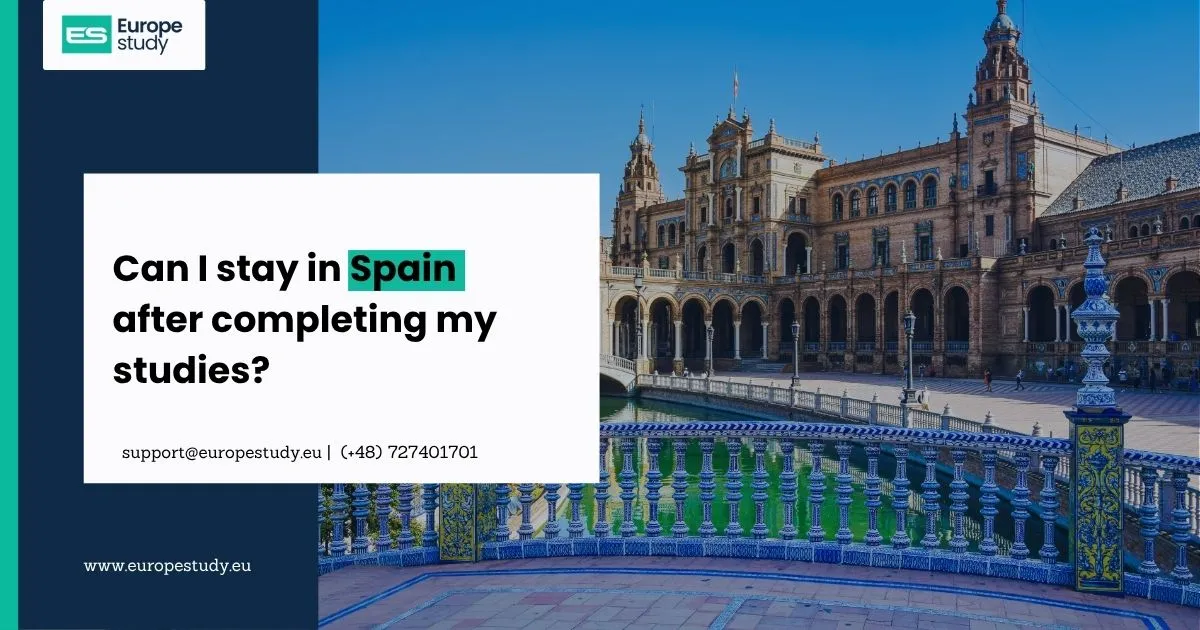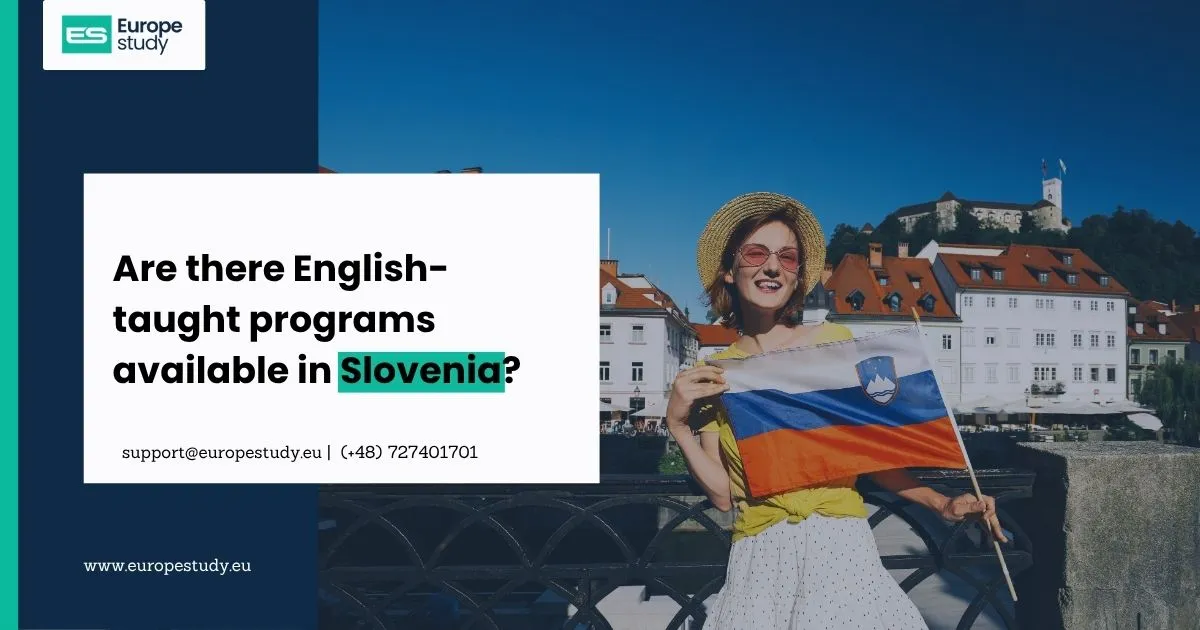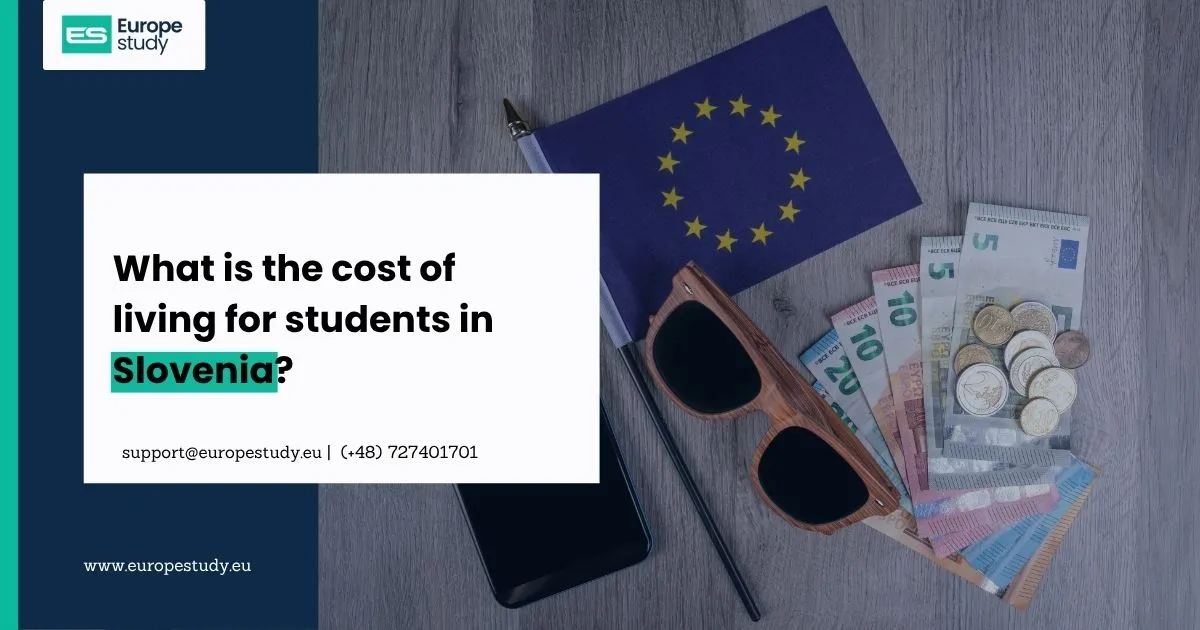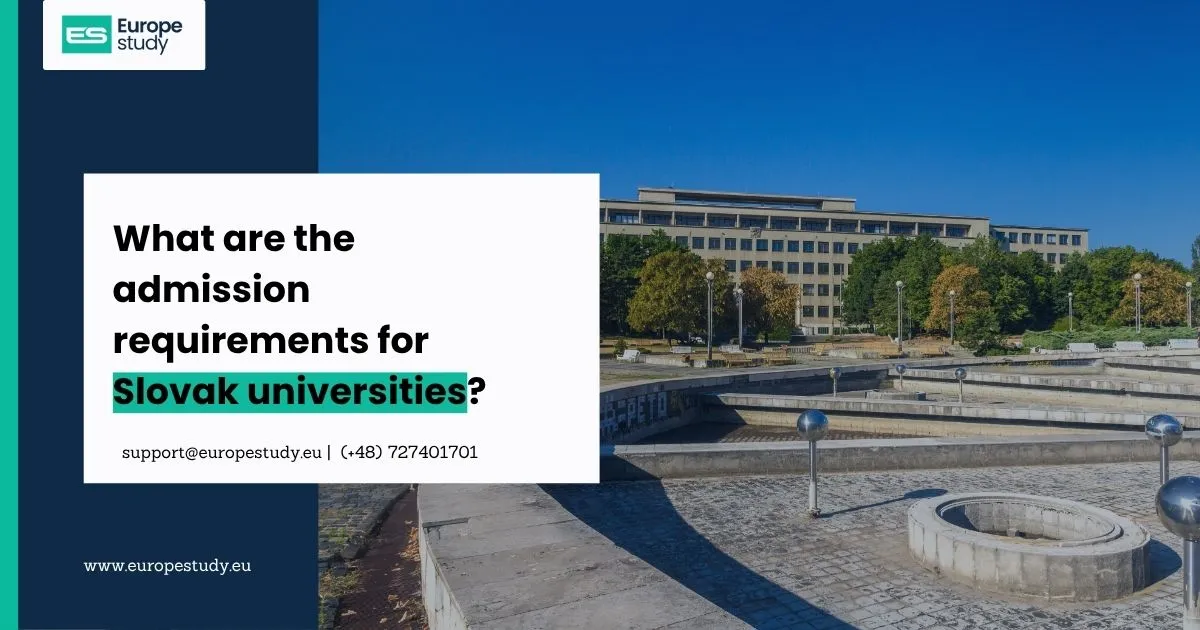
Difference between a Poland Schengen visa and a National visa?
When planning to visit or stay in Poland, understanding the right type of visa to apply for is essential. Two of the most common visa types are the Schengen visa (Type C) and the Polish national visa (Type D). Though they may seem similar at first, they serve different purposes and come with distinct limitations and benefits.
This guide outlines the key differences to help travelers, students, workers, and long-term residents make an informed decision.
1. Definition and Purpose
Poland Schengen Visa (Type C):
This is a short-stay visa that allows the holder to enter Poland and other Schengen countries for up to 90 days within a 180-day period. It is typically issued for tourism, business, family visits, or short-term training.
Poland National Visa (Type D):
This is a long-stay visa intended for individuals who plan to stay in Poland for more than 90 days. It is suitable for purposes such as work, study, family reunification, or long-term stays.
2. Duration of Stay
- Schengen Visa: Valid for a maximum of 90 days in any 180-day period.
- National Visa: Valid for over 90 days, typically up to one year, and can be extended or lead to a temporary residence permit.
3. Travel Scope
- Schengen Visa: Allows you to travel freely within all 26 Schengen countries, including Poland. However, Poland must be the main destination or the first point of entry.
- National Visa: Allows long-term stay only in Poland, but you can travel to other Schengen countries for up to 90 days within 180 days, provided your visa is valid and conditions are met.
4. Typical Use Cases
Schengen Visa:
- Tourism in Poland or multiple Schengen states
- Business meetings or conferences
- Short academic courses or training
- Visiting friends or relatives
- Transit through Poland
National Visa:
- Full-time work or employment
- University or higher education programs
- Joining a family member in Poland
- Religious missions or long-term volunteering
- Long-term medical treatment
5. Application Process
- Schengen Visa: Apply through the Polish consulate or embassy in your home country. You must provide proof of accommodation, travel insurance, financial means, and a confirmed return ticket.
- National Visa: Requires more documentation such as a work contract, university admission letter, proof of sufficient funds for long-term stay, and sometimes a background check.
6. Extension and Residency Rights
- Schengen Visa: Cannot be extended except in exceptional circumstances (e.g. medical emergencies). Does not lead to residency rights in Poland.
- National Visa: Can be extended in some cases and may lead to applying for a temporary residence permit, which is a path to long-term stay or permanent residency.
7. Visa Fees
- Schengen Visa: Usually costs €80 (varies slightly by country and age group).
- National Visa: May have different fees depending on the purpose and bilateral agreements but is often higher than a Schengen visa.
8. Can You Work on These Visas?
- Schengen Visa: No, working is not permitted.
- National Visa: Yes, if issued for employment purposes or if tied to a student visa that allows limited work.
Conclusion
Choosing between a Poland Schengen visa and a national visa depends entirely on the duration and purpose of your stay:
- For short visits (up to 90 days) for tourism or business, the Schengen visa is appropriate.
- For long-term stays involving study, work, or family reunification, the national visa is the correct choice.
Applying for the wrong visa type can lead to rejection or restrictions, so always ensure that your visa application matches your intent and travel plans.





